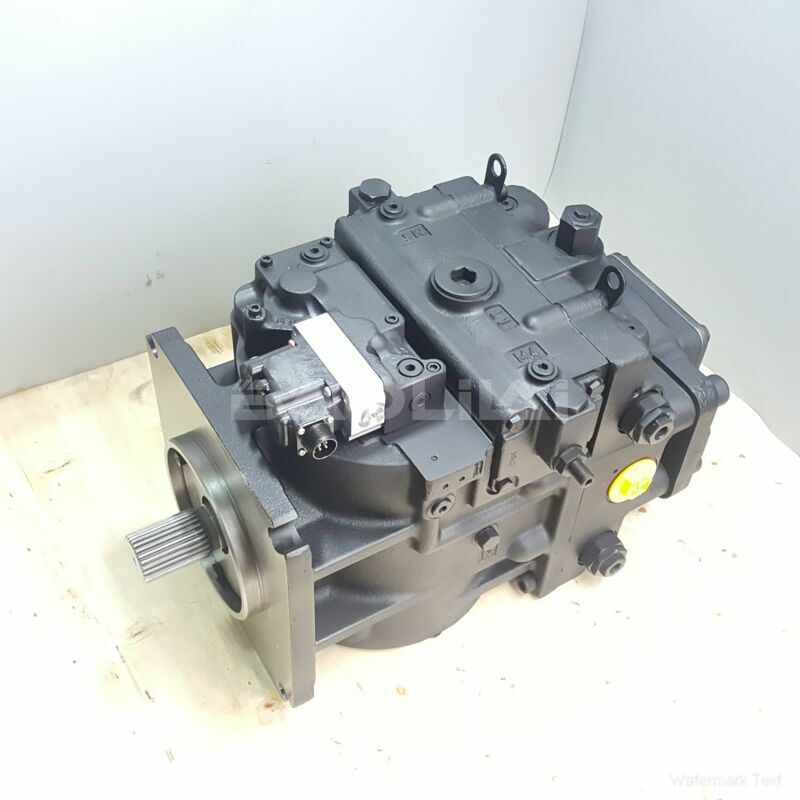90R130KP5CD80P4F1F03GBA353524 piston pump
90R130KP5CD80P4F1F03GBA353524 piston pump

- Product Details
- Applicable Scene
Hydraulic pumps play a crucial role in the efficient functioning of cooling systems, particularly in the circulation of refrigerants. These pumps are essential components that facilitate the movement of refrigerants through various stages of the refrigeration cycle, ensuring that heat is effectively absorbed and expelled within the system. Understanding how hydraulic pumps contribute to this process can help in optimizing cooling system performance and energy efficiency.
90R130-KP-5-CD-80-P-4-F1-F-03-GBA-35-35-24
90R130KP5CD80P4F1F03GBA353524
At the core of refrigeration systems, the refrigerant undergoes phase changes, moving from liquid to gas and vice versa. The hydraulic pump is responsible for maintaining the flow of refrigerant, allowing it to absorb heat from the environment and release it at different points in the system. This circulation is vital for maintaining optimal temperatures, whether in air conditioning units, refrigeration systems, or industrial cooling applications.

80003464
There are various types of hydraulic pumps used in these systems, including centrifugal and positive displacement pumps. Centrifugal pumps, commonly used in larger systems, utilize rotational energy to move the refrigerant. They are efficient for transferring large volumes of refrigerant at low pressures. In contrast, positive displacement pumps, which include gear and diaphragm pumps, are often employed in smaller systems where precise flow control is necessary. They can handle higher pressures and provide a constant flow rate, making them ideal for scenarios where the refrigerant needs to be precisely managed.
The efficiency of the hydraulic pump directly impacts the overall performance of the cooling system. A well-functioning pump reduces energy consumption, enhances heat transfer efficiency, and minimizes the chances of refrigerant leaks. Conversely, if a pump is malfunctioning or undersized, it can lead to inadequate refrigerant circulation, resulting in poor cooling performance, increased energy costs, and potential damage to the system.





